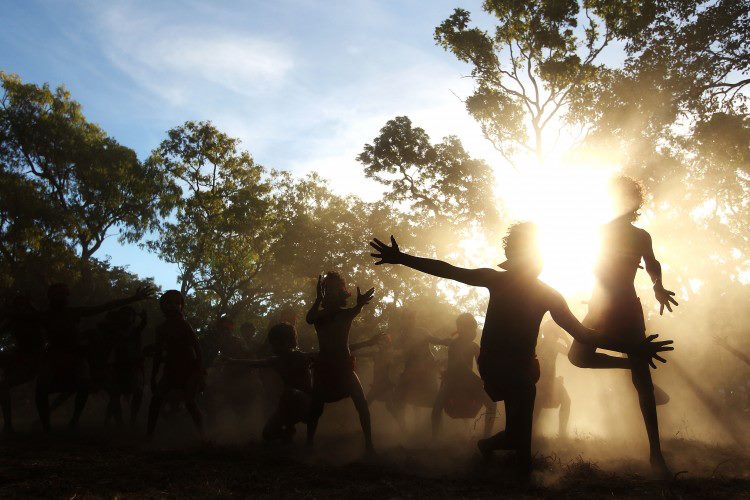The Maningrida community of North –east Arnhem Land mourned another tragic loss with the passing of one of their well-loved community members earlier this year.
Alice Eather, a 28 year old environmentalist and teacher, took her own life in June. Born to an Aboriginal mother and Anglo-Australian father, Alice navigated both city life in Brisbane and life in the remote community she called home.
Alice’s suicide is representative of a broader issue in Indigenous communities across the country. Five percent of all Aboriginal and Torres Strait Islander deaths are a result of suicide and this figure spikes dramatically among youths, males and regionally-based Indigenous Australians.
With a history of mental illness, Alice used her acute social sensibilities to relate to different people from all backgrounds and channelled her pain to improving social and environmental outcomes.
Like many Indigenous millennials, Alice lived with a foot in both worlds and faced the struggles traversing the cultures of two drastically different environments.
According to the Aboriginal and Torres Strait Islander Suicide Prevention Evaluation Project Report (ATSISPEP) Indigenous Australians from the ages of fifteen to forty-four are three times more likely to commit suicide than their non-Indigenous peers.
[infogram id=”suicide-rates-indigenous-compared-to-non-indigenous-australians-1g8e2070vvgzmod”]Most worryingly, the suicide rate among Indigenous youths is growing at a much faster rate than for non-Indigenous Australians, reinforcing the need to address this issue on a national scale.
These alarming rates highlight a generational struggle among Indigenous youths to overcome a multitude of societal challenges in journeying through early adulthood.
The ATSISPEP report identifies the lasting impact of colonisation as the primary contributing factor to the disparity in suicide rates between Indigenous and non-Indigenous Australians.
The removal of self-determination and erasure of culture has weakened communities creating a commonly identified sense of youth isolation that is exacerbated by a lack of educational and employment opportunities.
Drug and alcohol abuse, violence and incarceration rates all directly contribute to the perpetual rise in self-harm cases. Young Indigenous men (15-39yrs) are at the front line of this battle and ABS data shows that Indigenous males are three and a half times more likely to lose this war compared to non-Indigenous males.
[infogram id=”australian-suicide-rates-ages-15-39-year-per-100000-1gx3pwlnqrzv2gr”]These shocking figures show a desperate need for drug, alcohol and domestic violence prevention and rehabilitation services nationwide with a particular eye on the governmental neglect of rural communities.
[infogram id=”indigenous-australians-suicide-deaths-by-state-2012-1gqnmxd078r6plw”]Like many Aboriginal and Torres Strait Islander youths, Alice’s death may well have been prevented with a more concerted approach to Indigenous mental health and well-being at a local, state and federal level.
The recommendations proposed by the ATSISPEP report identify the problematic nature of past paternalistic policies. They suggest the need for community-based resilience and empowerment programs that address the factors contributing to Aboriginal and Torres Strait Islander suicide, and seek to improve social and emotional wellbeing.
If you or anyone you know needs help please call Lifeline on 131144 or visit www.beyondblue.org.au
Photo credit: Mark Kolbe

